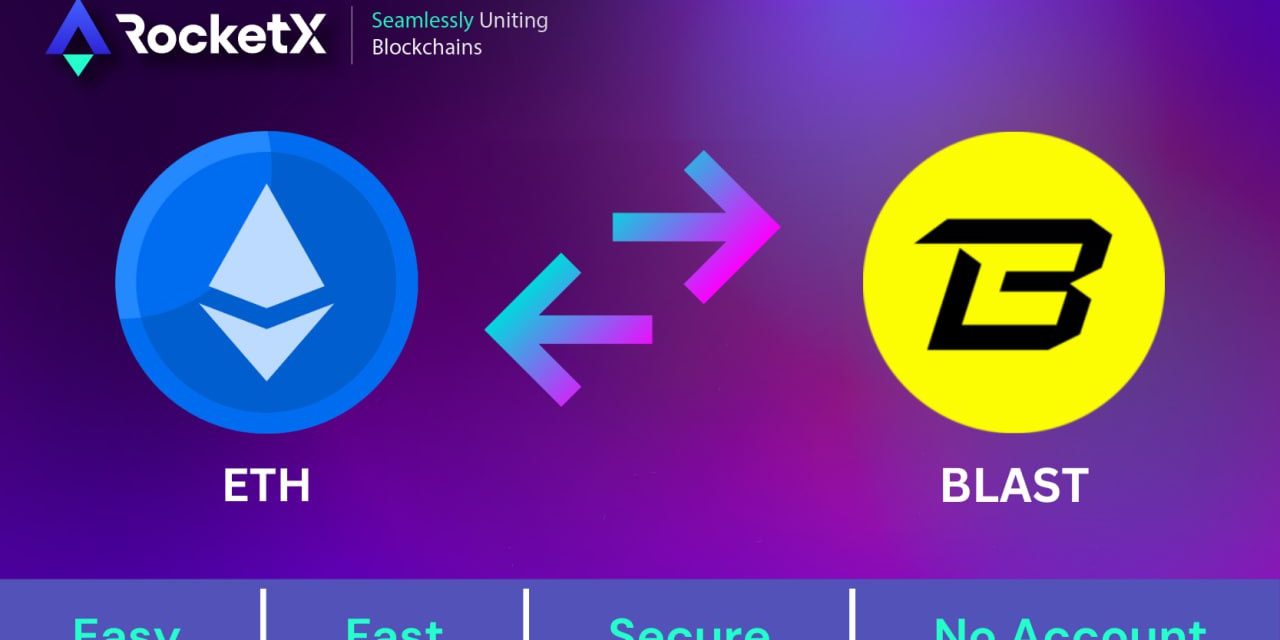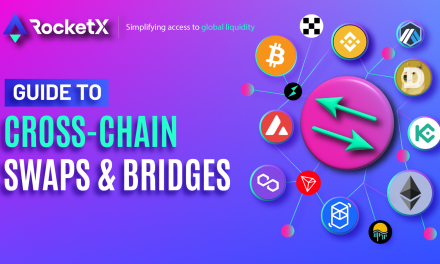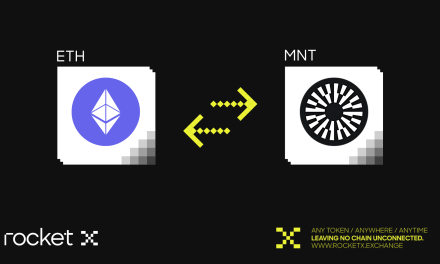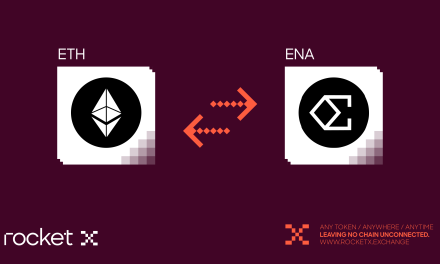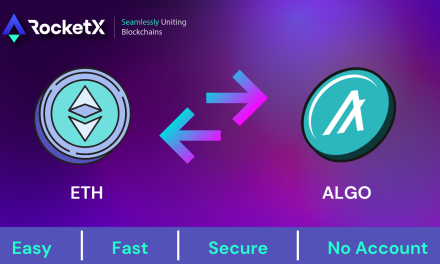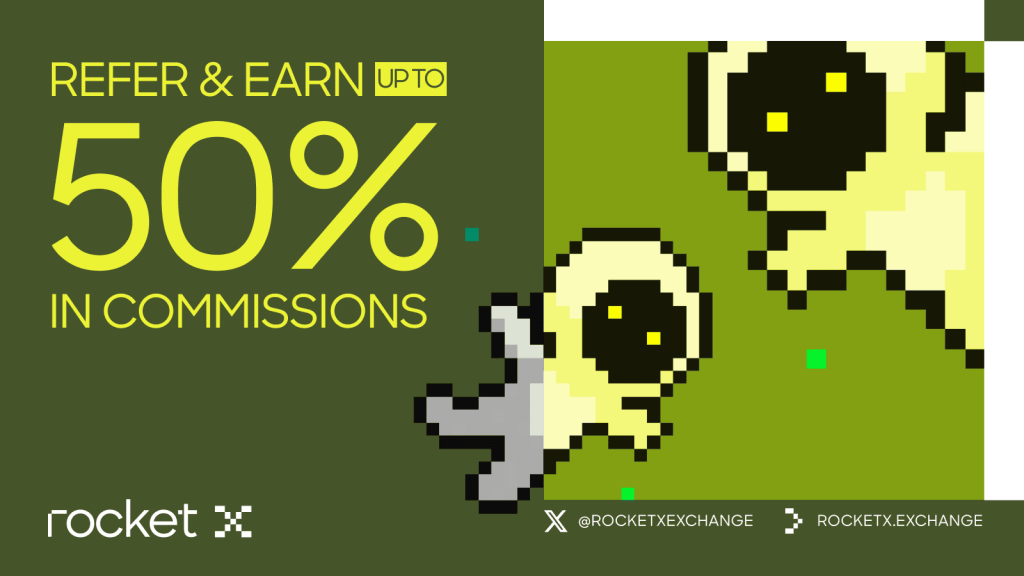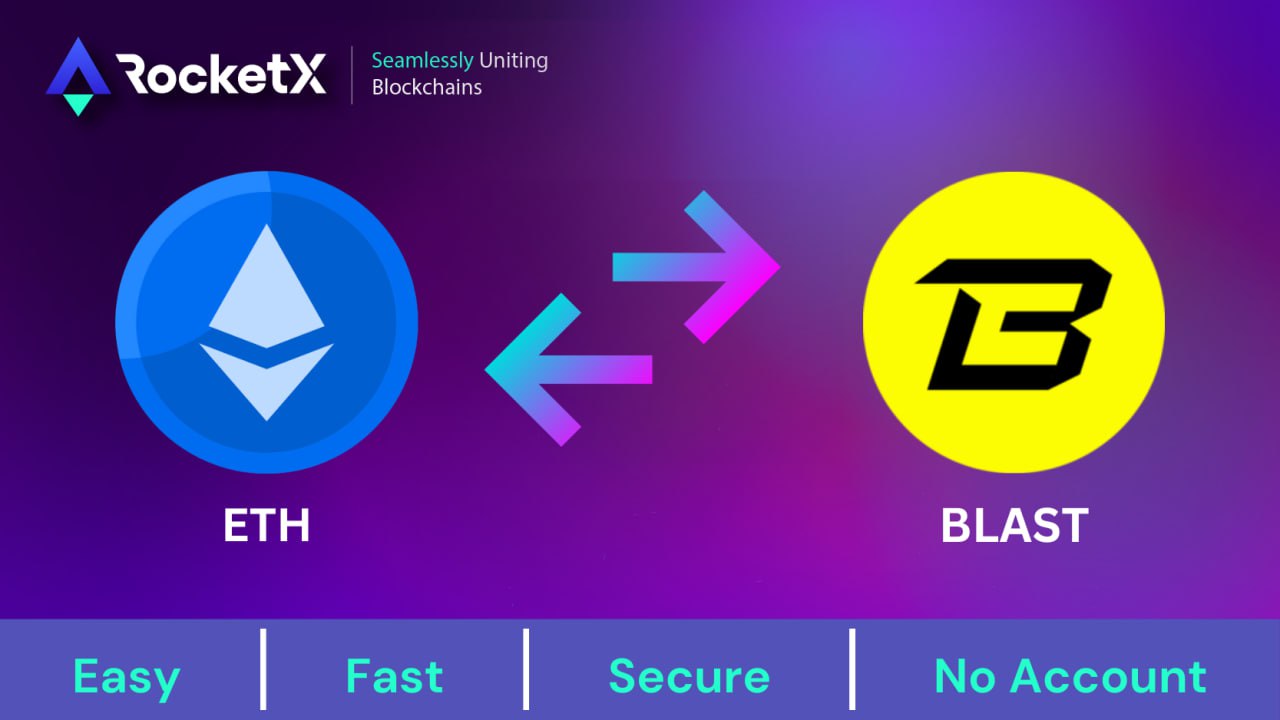
Introduction
Blast Blockchain is a cutting-edge Ethereum Layer 2 solution that enhances how users interact with decentralized networks. With the innovative Blast Bridge feature, it offers the potential to earn yield on ETH, making it a compelling platform for those seeking advanced blockchain applications and financial opportunities.
Founded by Anders Larsson, an expert in technology and finance, the project is focused on creating a powerful ecosystem for decentralized applications. Tieshun Roquerre, also known as Pacman, co-founded Blast and is a well-known leader in the blockchain space, particularly for his work on applying decentralized technologies in finance. Together, they aim to build a bridge between decentralized tech and real-world financial use cases.
What is BLAST and its Ecosystem?
This Blockchain is the only Ethereum Layer 2 (L2) solution that offers native yield on ETH and stablecoins. Unlike other L2s, which typically provide a 0% interest rate, Blast offers a 3.4% yield for ETH and 8% for stablecoins, thanks to earnings from ETH staking and Real-World Asset (RWA) protocols. This yield is automatically passed on to users, making it a standout feature.
- 25.5% is allocated to core contributors, rewarding those who are instrumental in the development and growth of the network. These tokens are subject to a 4-year lockup period with gradual releases over time.
- 16.5% goes to the network’s investors, who provide crucial capital for the project’s early-stage development. Like the core contributors, investor tokens are also vested over 4 years.
- 8% is reserved for the Foundation, which will focus on further building critical infrastructure and expanding the ecosystem.
- A substantial 50% has been set aside for community initiatives, including its initial airdrop to reward early supporters and boost ecosystem engagement. This community allocation is distributed gradually over 3 years from the Token Generation Event (TGE).
Use Cases
This token powers various functions, including staking for rewards, securing the network, and governance participation. It is also used to pay for gas fees on the network, making it essential for the growth of the network.
Bridge to BLAST Using RocketX: A Step-by-Step Guide
In this guide, we will bridge assets from Ethereum to the Blast chain, but you can select any chain according to your needs by following the same process.
Step 1: Connect Your Wallet
First, connect your wallet to RocketX. You can use wallets like MetaMask or Coinbase. For this guide, make sure your wallet is set to the Ethereum network, but feel free to select a different source network if needed.
Step 2: Select Networks and Assets
Select the asset you want to bridge (e.g., ETH) and the source network (in this case, Ethereum). Then, choose Blast as the destination chain. You can also select any other destination chain if required.
Step 3: Enter the Amount
Input the amount of cryptocurrency you want to bridge. Make sure you have enough balance to cover both the transaction and network fees.
Step 4: Provide Your Wallet Address
Enter the correct wallet address where you want to receive your assets. Double-check the address to make sure it’s accurate, as mistakes can lead to losing your funds.
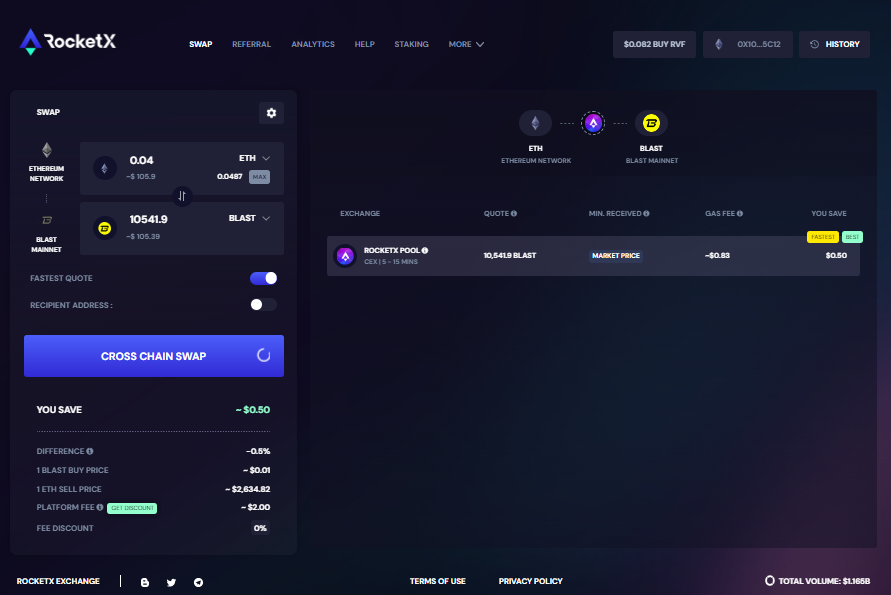
Step 5: Confirm and Execute the Transaction
Carefully review the transaction details, including the amount, network, and wallet address. Once confirmed, validate the transaction in your connected wallet.
Step 6: Check Your Wallet
Once the bridging process is completed, your assets will appear in your wallet. These can now be used for various activities like staking or trading on the network.
By following these steps, you can easily bridge assets from Ethereum or any other chain to Blast using RocketX.
Best Wallets to Store BLAST Tokens
- Bitget Wallet: Ideal for users on iOS, Android, and Google Chrome, Bitget Wallet is highly recommended for storing BLAST. Its cross-platform compatibility makes it a flexible and convenient choice.
- MetaMask: As a widely used wallet for Ethereum-based tokens, MetaMask is a solid option for those familiar with Ethereum and Layer 2 networks like Blast. It’s compatible with both desktop and mobile platforms.
- Coinbase Wallet: Known for supporting a variety of cryptocurrencies and tokens, Coinbase Wallet offers an easy-to-use interface and reliable security, making it a suitable option for storing BLAST.
Conclusion
The Blast Blockchain is revolutionizing the way we interact with decentralized networks, offering a seamless Ethereum Layer 2 solution with native yield on ETH and stablecoins. Its innovative tools, including natively yielded assets and shared gas revenue, provide developers with the ability to build more competitive dApps. Powered by the $BLAST token, the network delivers fast, secure, and scalable transactions, utilizing Optimistic Rollups to address latency issues.
With a robust tokenomics structure and multiple use cases like staking and governance participation, $BLAST has positioned itself as a critical asset in the blockchain ecosystem. Using RocketX, users can easily bridge their assets to the Blast chain, enabling them to participate in its growing DeFi environment. Furthermore, storing $BLAST is made secure with wallets like Bitget, MetaMask, and Coinbase Wallet, ensuring flexibility and accessibility across various platforms.
Overall, Blast Blockchain is setting a new standard for Ethereum Layer 2 solutions, offering improved infrastructure, yield opportunities, and enhanced user experience, making it a promising platform for developers and crypto enthusiasts alike.

